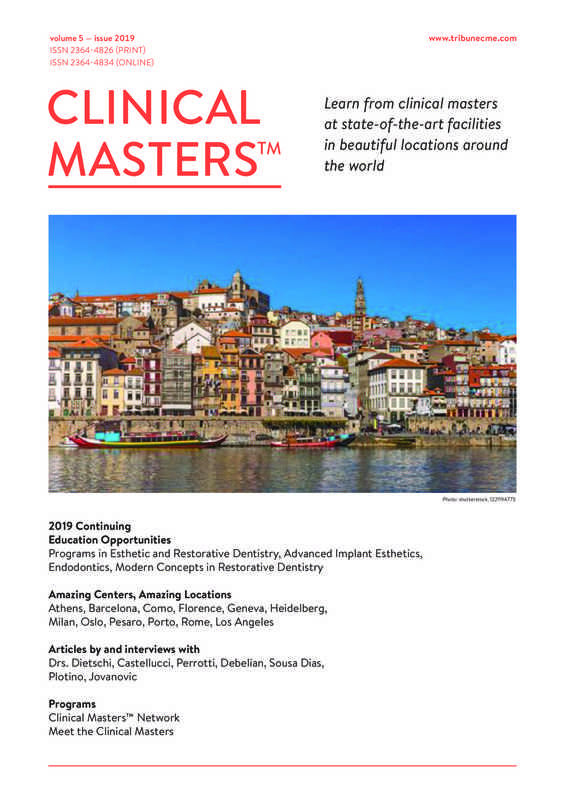
A "pulpotomy" may be a relatively definitive treatment for infected primary teeth. This procedure, called a "pulpotomy", tends to essentially eliminate all the pain. The dentist may also remove just the coronal portion of the dental pulp, which contains 90% of the nerve tissue, and leave intact the pulp in the canals. Sometimes the dentist performs preliminary treatment of the tooth by removing all of the infected pulp of the tooth and applying a dressing and temporary filling to the tooth.

Lower right first molar (center) after root canal therapy the pulp chamber and root canals have been cleaned of debris, decontaminated and filled with gutta percha.Īt this first visit, the dentist must ensure that the patient is not biting into the tooth, which could also trigger pain. The dentist could also open up the tooth and let the pus drain through the tooth, and could leave the tooth open for a few days to help relieve pressure. The dentist then prescribes a week of antibiotics such as penicillin, which will reduce the infection and pus, making it easier to anesthetize the tooth when the patient returns one week later. Releasing the pus releases pressure built up around the tooth this pressure causes much pain. In this case, it is best for the dentist to drain the abscess by cutting it to let the pus drain out. For example, if a patient has an abscessed tooth, with a swollen area or "fluid-filled gum blister" next to the tooth, the pus in the abscess may contain acids that inactivate any anesthetic injected around the tooth. However, in some cases it may be very difficult to achieve pain control before performing a root canal. Pain control medication may be used either before or after treatment. Lidocaine is a commonly used local anesthetic.
ARNALDO CASTELLUCCI ENDODONTICS VOLUME 3 VERIFICATION
Barium is added to the isoprene so the material will be opaque to X-rays, allowing verification afterwards that the passages have been properly completely filled in, without voids.įor patients, root canal therapy is one of the most feared procedures in all of dentistry however, dental professionals assert that modern root canal treatment is relatively painless because the pain can be controlled. The standard filling material is gutta-percha, a natural thermoplastic polymer of isoprene, which is melted and injected to fill the root canal passages. If enough of the tooth has been damaged, or removed as a result of the treatment, a crown may be required. This procedure is known as root canal therapy. Once this is done, the dentist fills the cavity with an inert material and seals up the opening. To cure the infection and save the tooth, the dentist drills into the pulp chamber and removes the infected pulp by scraping it out of the root canals. Usually, some inflammation and/or infection is already present within or below the tooth. In the situation that a tooth is considered so threatened (because of decay, cracking, etc.) that future infection is considered likely or inevitable, a pulpectomy, removal of the pulp tissue, is advisable to prevent it. The double headed arrow (bottom right) shows the extent of the abscess that surrounds the apex of the palatal root. The two single-headed arrows point to the CEJ, which is the line separating the crown (in this case, heavily decayed) and the roots. Tooth #5, the upper right first premolar, after extraction.

After the surgery the tooth will be "dead", and if the infection is spread at apex - root end surgery is required.Īlthough the procedure is relatively painless when done properly, the root canal remains the stereotypical fearsome dental operation, and in the United States, a common response to an unpleasant proposal is, "I'd rather have a root canal." Although this set of procedures is commonly referred to as a root canal, this term is imprecise root canals and their associated pulp chamber are the anatomical hollows within a tooth which are naturally inhabited by nerve tissue, blood vessels and a number of other cellular entities, whereas endodontic therapy includes the complete removal of these structures, the subsequent cleaning, shaping and decontamination of these hollows with the use of tiny files and irrigating solutions and the obturation, or filling, of the decontaminated root canals with an inert filling, such as gutta percha and a usually eugenol-based cement. Įndodontic therapy is a sequence of treatment for the pulp of a tooth whose end result is the elimination of infection and protection of the decontaminated tooth from future microbial invasion. Pulp tissue removed during endodontic therapy by a size 20 broach file.Įditor-In-Chief: C.


 0 kommentar(er)
0 kommentar(er)
